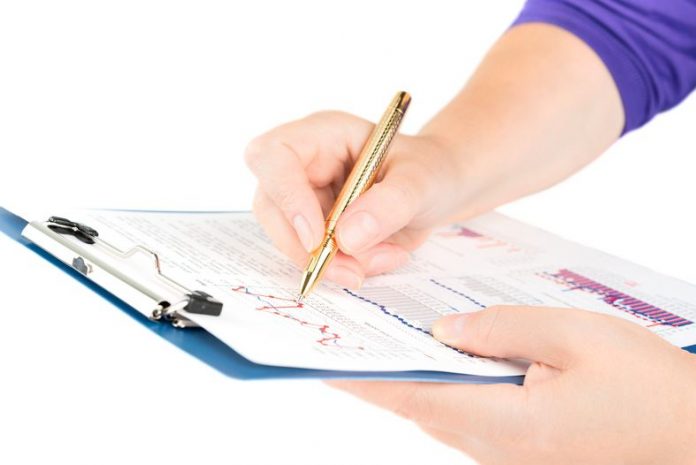According to some people, paper trading of securities is the best way to begin investing, whilst others say it is a complete waste of time. So what should you do? Let’s take a look at why you would consider paper trading.
Some people read books on trading and investing, go to various seminars, paying hundreds or sometimes even thousands of dollars to get educated, but still don’t get to the point where they actually put in their trades.
They like the idea of acquiring knowledge, pondering investment strategies, and thinking about various trades they might like to make.
However, somehow they just don’t seem to do anything with the knowledge they acquire. They don’t put their investment strategies into action and they never really make the trades they are constantly thinking about.
Paper trading is a form of simulation and therefore, like all simulations, it has certain advantages:
– It offers great learning potential.
– There is no financial risk involved. You can’t lose money.
However, inherent in all forms of simulation is also a number of disadvantages. For paper trading disadvantages are:
– Unlike most other forms of simulation, there is no real way to speed up the process. Of course, you could start with historical prices, but the whole exercise tends to get a bit artificial that way.
– There are no financial benefits. You can’t make money.
– There are no financial risks. You can’t lose money.
– It just isn’t real.
The first and second disadvantages seem obvious. The third may appear strange at first, especially since it was also listed as an advantage. Some of you might wonder:
“How can the absence of financial risk ever be a disadvantage?”. To answer that question we just have to look at the fourth disadvantage, which ties them all together. This last one really is the big one.
The lack of any true financial implications seriously inhibits the learning effect.
No matter how much you think, speculate, simulate, or however you would like to call it until you actually put your money where your mouth is, it just isn’t real. We tend to learn most from our mistakes, especially mistakes that hurt. If it doesn’t hurt it just doesn’t have the same effect.
It’s like people watching a boxing match on television claiming they would never give up if they were up there. Statements like: “You can knock me out, but you can’t make me give up” are easy to make.
The truth is that most people making such a statement have never experienced a situation even remotely like it. If they would actually find themselves in that ring, facing an opponent, most of their bravery would vanish in less than an instant.
As soon as they would start to feel some of the pain that those fighters have to endure, most would quickly sing to a different tune and leave the ring.
“But that’s physical pain. That’s different.” you might say. The fact is that emotional pain can be just as intense and even worse.
Take someone that has lost something dear to him; whether it is a loved one, a relationship, or his life’s savings. Then ask him the following question:
“Knowing what you know now if you could do it over again and you could choose between physical pain, in the form of a beating, or losing whatever it is you lost, which would you choose?”.
Most would opt for the beating without a second thought. Doesn’t make sense? Well maybe not, until something like that happens to you or someone you know.
Which leads us back to the initial question: “Does paper trading make sense?”. When your goal is to get some experience in using specific financial products or derivatives, for example, stocks, options, or futures, paper trading can be very helpful.
However, when you consider paper trading because you are essentially afraid to get your feet wet, which is the main reason for many people, you will be disappointed by the results.
No matter how many trades you have put in on paper, all your paper confidence will quickly evaporate when your hard-earned money is on the line. The way you react to the fear of losing real money is something you just can’t simulate.

